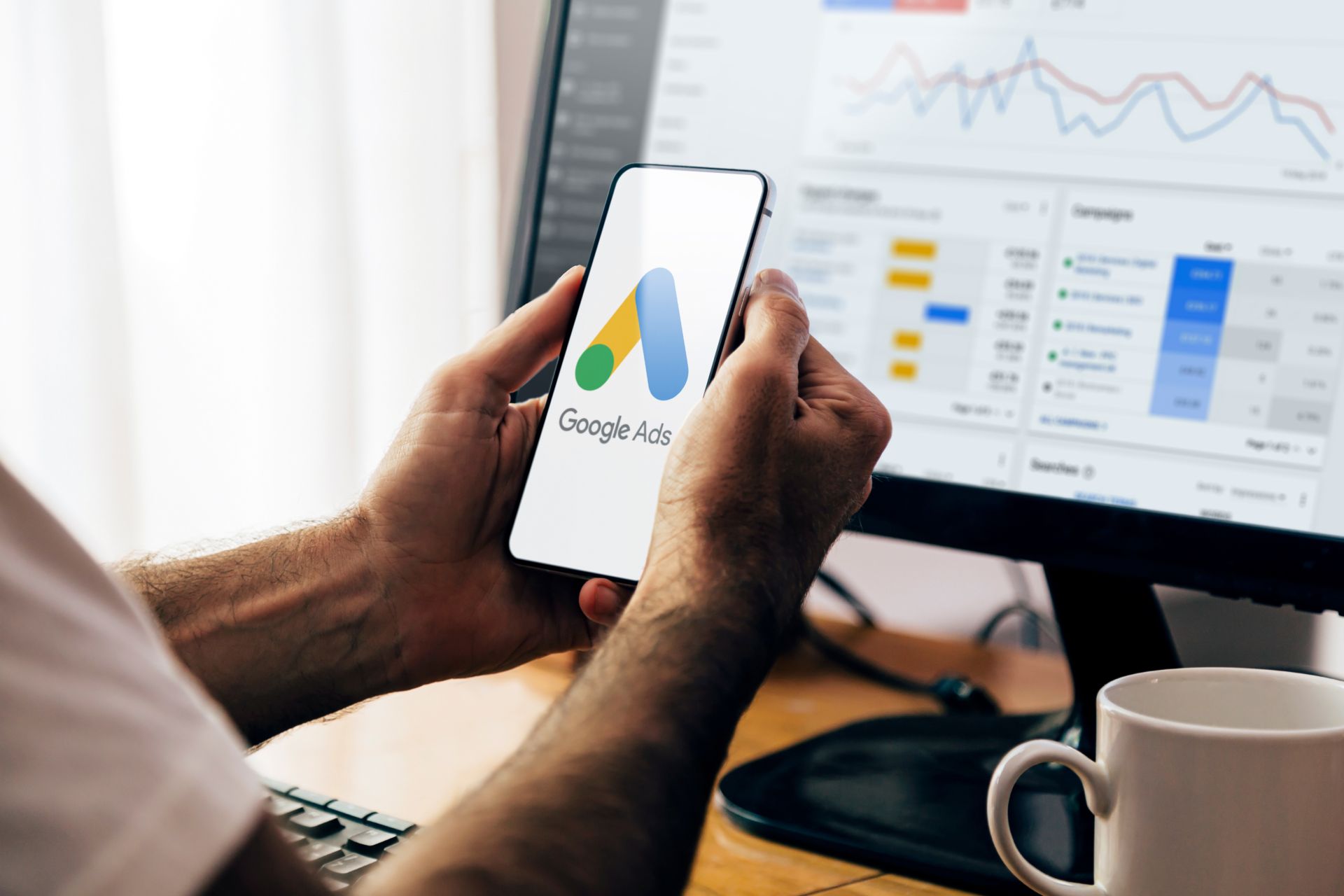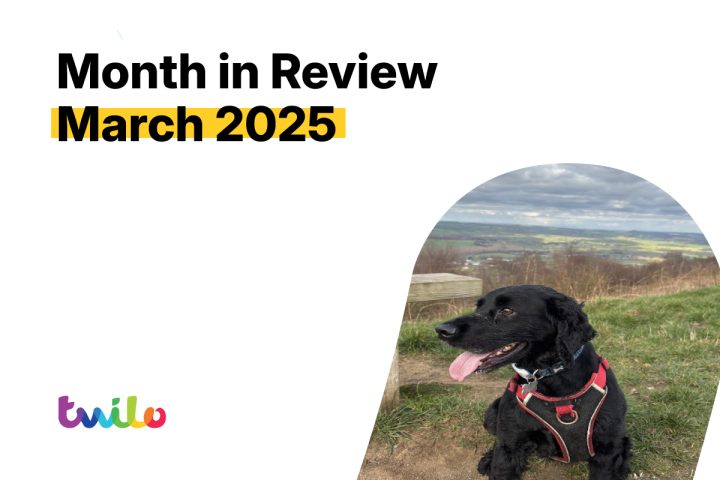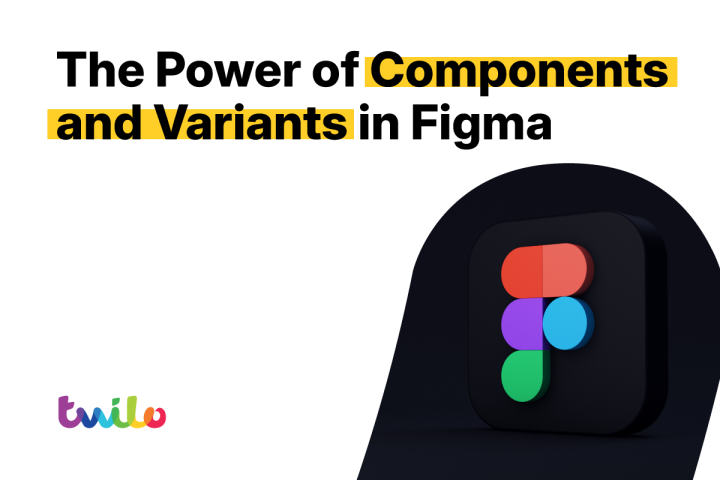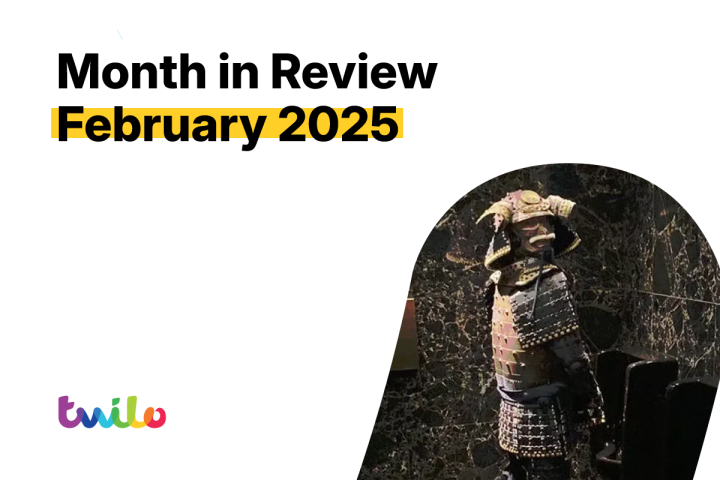One of the most effective digital advertising platforms is Google Ads, which provides a range of PPC (Pay-Per-Click) campaign types to meet various business needs and objectives. Every kind of campaign has its own unique features, advantages, and disadvantages. In this blog, we’ll dive into the various PPC campaigns available in Google Ads and look at their pros and cons.
Search Campaigns
Search campaigns display text ads on Google search result pages. These ads appear when users search for specific keywords or phrases related to your business. They’re text-based and highly relevant to the user’s search.
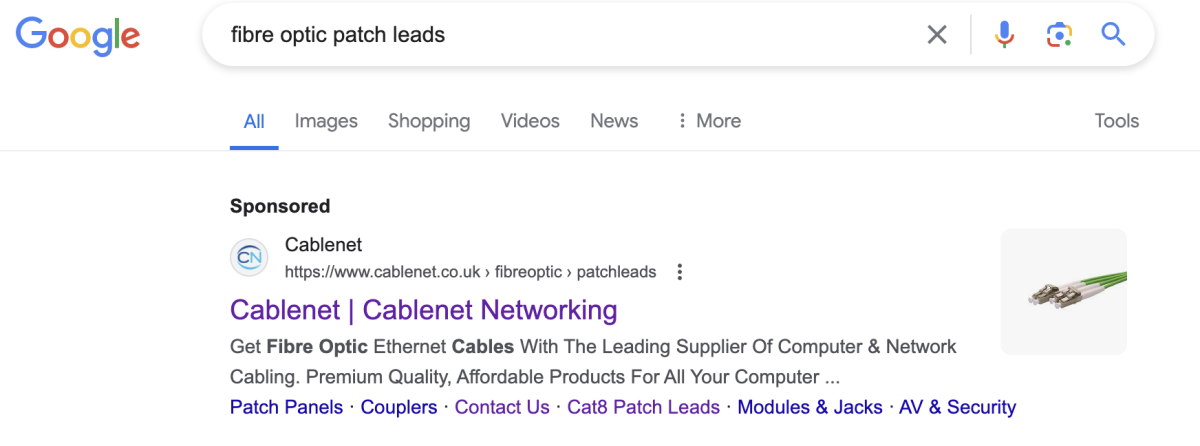
Pros:
- High Intent: Search campaigns target users actively looking for information or solutions, leading to higher conversion rates.
- Wide Reach: Google Search is the most popular search engine, providing extensive reach.
- Cost Control: Advertisers can set daily budgets and adjust bids for better control over ad spend.
Cons:
- Competitive Bidding: Popular keywords can be expensive due to high competition.
- Ad Fatigue: Repetitive ads can lead to lower click-through rates (CTR) over time.
- Limited Visual Appeal: Text-only ads lack visual elements to capture attention.
Display Campaigns
Display campaigns show visual ads (images, videos, and banners) across the Google Display Network (GDN), which includes millions of websites, apps, and Google-owned properties like YouTube and Gmail.
Pros:
- Broad Reach: Access to a vast network of websites and apps increases brand visibility.
- Visual Appeal: Eye-catching images and videos can engage users effectively.
- Brand Awareness: Effective for building brand awareness and retargeting.
Cons:
- Lower Intent: Users may not be actively seeking your product, leading to lower conversion rates.
- Ad Blindness: Users may ignore banner ads, reducing CTR.
Shopping Campaigns
Shopping campaigns showcase product ads with images, prices, and merchant information on Google Search and the Shopping tab. They are ideal for e-commerce businesses.
Pros:
- Highly Visual: Product images attract attention and provide a quick understanding of the product.
- High Purchase Intent: Users searching for products often have strong buying intent.
- Detailed Information: Ads include product details, prices, and reviews, aiding purchase decisions.
Cons:
- Complex Setup: Requires integration with Google Merchant Centre and product data feed management.
- High Competition: Competitive bidding for popular products can drive up costs.
- Limited Control: There is less control over keyword targeting compared to search campaigns.
Video Campaigns
Video campaigns run video ads on YouTube and across the Google Display Network. They are ideal for brand storytelling and engaging visual content. They’re usually interactive and have clickable elements such as CTAs, links, or forms.
Pros:
- High Engagement: Videos are highly engaging and can effectively convey complex messages.
- YouTube Reach: Access to YouTube’s massive audience.
- Diverse Formats: Various ad formats (In-Stream, Bumper, Discovery) cater to different marketing goals.
- Brand Building: Is excellent for creating connections and brand recall.
Cons:
- Production Costs: Creating high-quality video content can be expensive and time-consuming.
- Ad Skipping: Some ads are skippable, leading to potential wasted impressions.
- Lower Direct Conversions: Video ads often drive awareness rather than immediate conversions.
App Campaigns
App campaigns promote mobile apps across Google Search, Google Play, YouTube, and the Google Display Network. They aim to drive app installs and engagement.
Pros:
- Wide Reach: Access to multiple Google properties and networks.
- Goal-Oriented: Campaigns can be tailored for installs, in-app actions, or user engagement.
- Ease of Setup: Simplified setup with no need for individual ad creation.
Cons:
- Limited Control: Less manual control over ad creatives and placements.
- High Competition: App categories can be highly competitive, driving up costs.
- Variable Performance: Success depends on app quality and user experience.
Performance Max (PMax) Campaigns
PMax campaigns use a goal-based approach to drive performance across all Google Ads inventory. These campaigns leverage machine learning to automate ad creation, targeting, and bidding.
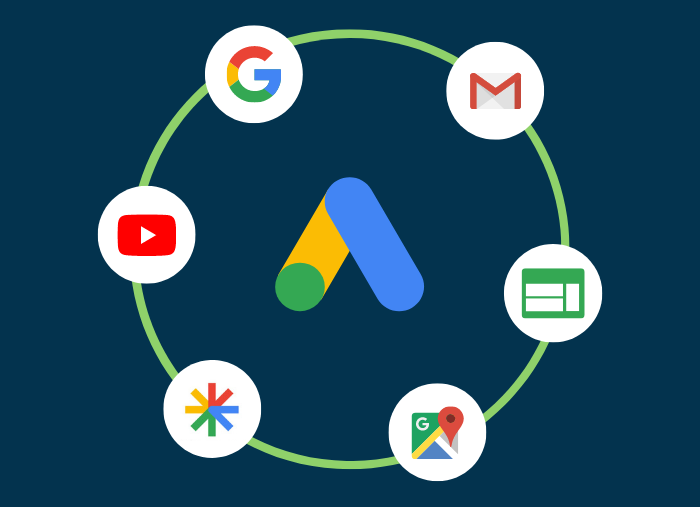
Pros:
- Wider Reach: Ads run across all Google channels (Search, Display, YouTube, Discover and Gmail).
- Automated Optimisation: Google’s machine learning optimises for best performance based on your goals.
- Simplified Management: Less need for manual adjustments, as the system automates much of the process.
- Goal-Oriented: Tailored to meet specific business objectives, such as increasing sales or leads.
Cons:
- Less Control: Limited ability to manually tweak campaigns and ad placements.
- Data Dependency: Heavily reliant on Google’s algorithms and data for optimisation.
- Learning Time: It may take time to see optimal results as the system learns and adjusts.
The PPC campaign type that is best for your business in Google Ads will depend on your target audience, resources, and goals. Each campaign type has its advantages and disadvantages; therefore, it’s critical to match your approach to your specific objectives. By understanding these for each campaign type, you’ll be able to have a more effective and efficient advertising plan.
If you’d like to discuss your business’s Google Ads and how we can help you reach your goals, get in touch with us today!

